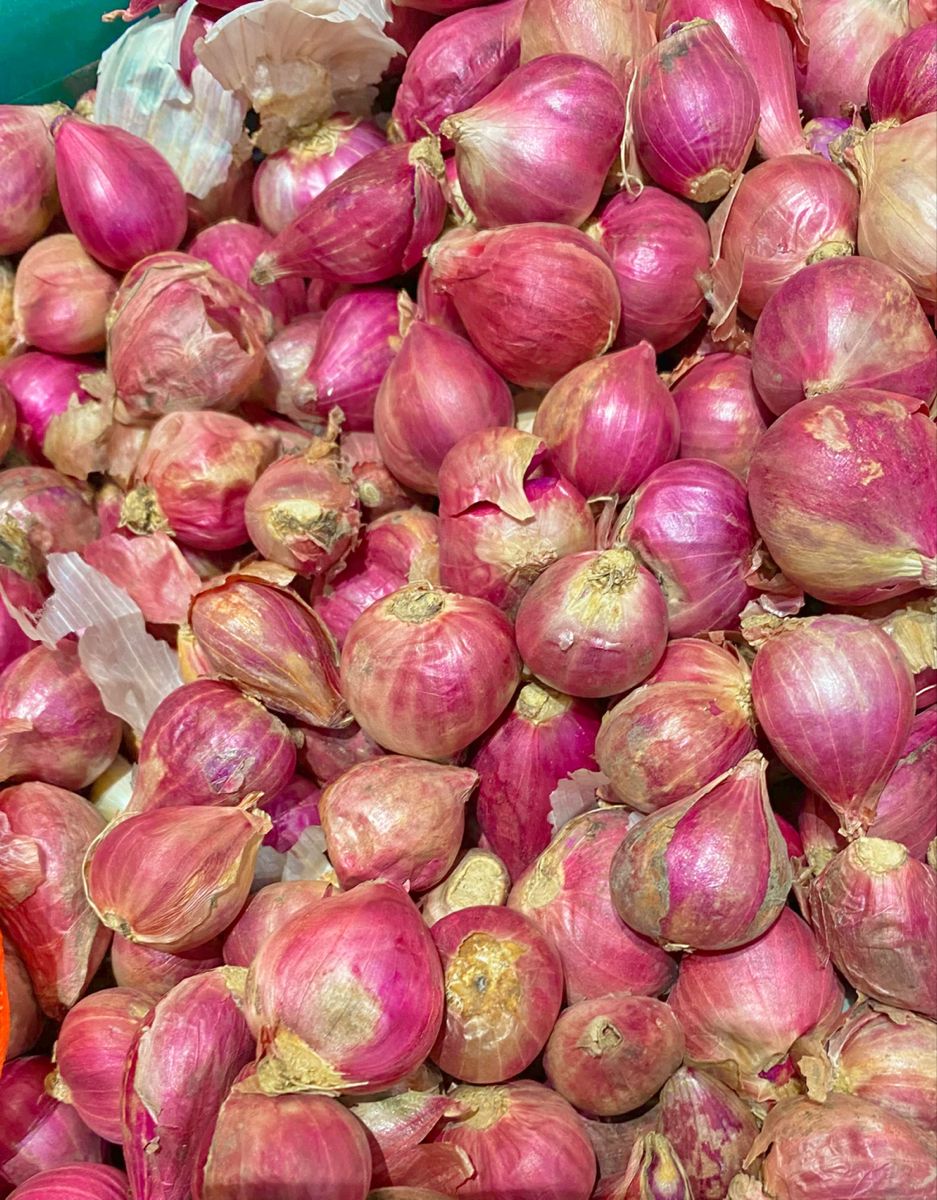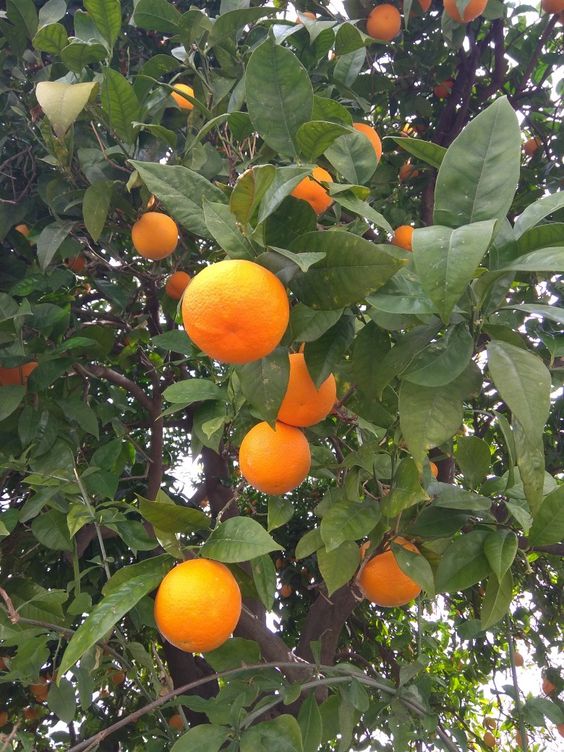Revolutionizing Crop Growth: Smart Fertilization Systems in the Age of Precision Agriculture
Fertilization Systems agricultural sector is undergoing a significant transformation, driven by technological advancements and a growing need for sustainable practices. Smart agriculture, a holistic approach that leverages data-driven insights and automation, is at the forefront of this revolution. Within this realm, smart fertilization systems stand out as a game-changer, promising to optimize nutrient delivery, maximize crop yields, and minimize environmental impact.
Contents
The Challenges of Traditional Fertilization
For generations, farmers have relied on conventional methods of fertilization, often applying fertilizers based on estimates, historical practices, or broad-spectrum soil testing. This approach suffers from several drawbacks:
- Over-fertilization: Applying excess fertilizer leads to nutrient runoff, harming water quality and promoting algal blooms. It also represents wasted resources for farmers.
- Under-fertilization: Insufficient fertilizer application limits crop growth potential, resulting in lower yields and economic losses.
- Inefficient Application: Traditional methods often distribute fertilizers unevenly, leading to inconsistencies in plant health and growth across the field.
- Environmental Impact: Conventional fertilization practices can contribute to greenhouse gas emissions, particularly when nitrogen-based fertilizers break down in the soil.
The Rise of Smart Fertilization Systems
Smart fertilization systems address these challenges by employing a data-driven, precision-based approach. Here’s how:
- Sensor Technology: Soil moisture sensors, weather stations, and plant-based sensors collect real-time data on factors like soil nutrient levels, moisture content, plant health, and weather conditions.
- Data Analytics: This data is analyzed by sophisticated software that considers crop type, growth stage, and historical trends.
- Precision Application: Based on the analysis, the system determines the optimal fertilizer type, dosage, and application schedule.
- Automation: Automated irrigation systems or fertilizer applicators dispense the precise amount of fertilizer exactly where it’s needed.
Benefits of Smart Fertilization Systems
The implementation of smart fertilization systems offers a multitude of benefits for farmers, the environment, and consumers:
- Increased Crop Yields: By ensuring plants receive the right nutrients at the right time, smart systems maximize crop potential, leading to higher yields and potentially increased profits for farmers.
- Reduced Fertilizer Costs: Precision application eliminates over-fertilization, saving farmers money on fertilizer purchases and transportation.
- Improved Environmental Sustainability: Reduced fertilizer use minimizes nutrient runoff and greenhouse gas emissions, protecting water resources and promoting soil health.
- Enhanced Data-Driven Decision Making: The data collected by these systems allows farmers to make informed decisions regarding other farm management practices, optimizing their overall operations.
- Improved Crop Quality: Optimized nutrient delivery can contribute to improved crop quality, with higher levels of vitamins, minerals, and other beneficial compounds.
Types of Smart Fertilization Systems
Several types of smart fertilization systems cater to different needs and budgets:
- Variable Rate Technology (VRT): This system utilizes data from soil maps and sensors to vary fertilizer application rates across a field, addressing specific needs of different zones.
- Fertigation Systems: These systems integrate fertilizer application with irrigation, delivering precise amounts of nutrients directly to the root zone through drip or sprinkler irrigation systems.
- Sensor-Based Systems: Advanced solutions utilize real-time data from soil and plant sensors to dynamically adjust fertilizer application throughout the growing season.
- Drone-Based Application: Emerging technology employs drones equipped with sensors and dispersal systems for targeted nutrient delivery in large fields or hard-to-reach areas.
Implementing Smart Fertilization Systems: Considerations for Farmers
While the benefits are compelling, transitioning to smart fertilization systems requires careful consideration. Here are some factors for farmers to ponder:
- Cost: The initial investment in sensors, software, and potentially new application equipment can be significant. However, long-term savings on fertilizer and potential yield increases can offset these costs.
- Technical Expertise: Operating and interpreting data from smart systems might require some training for farmers. Fortunately, many vendors offer user-friendly interfaces and support services.
- Field Size and Crop Type: The suitability of different systems depends on factors like farm size, crop type, and terrain.
- Connectivity: Reliable internet connectivity is necessary for some systems to function optimally.
The Future of Smart Fertilization: A Collaborative Effort
The future of smart fertilization systems is bright. Continued research and development are leading to even more sophisticated and affordable solutions. Collaboration between technology companies, farmers, extension services, and government agencies will be crucial to ensure widespread adoption and maximize the positive impact of this technology.
- Integration with Other Smart Ag Practices: Smart fertilization systems will likely become seamlessly integrated with other smart agriculture technologies like automated irrigation, pest management systems, and yield prediction models for comprehensive farm management.
- Artificial Intelligence: Artificial intelligence is poised to play a bigger role in data analysis, further optimizing nutrient delivery schedules and maximizing efficiency.




